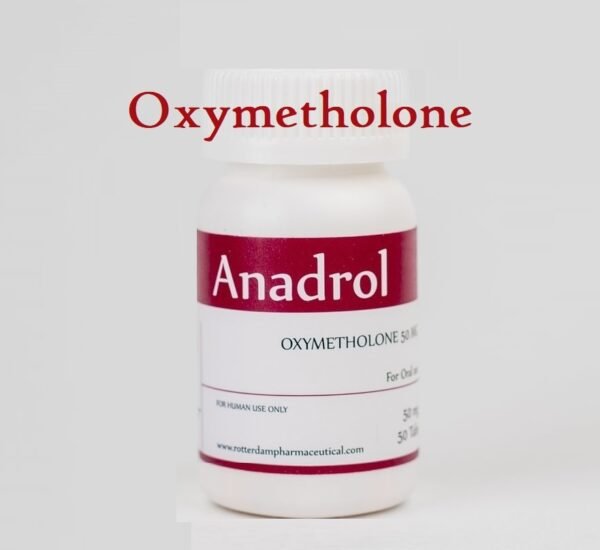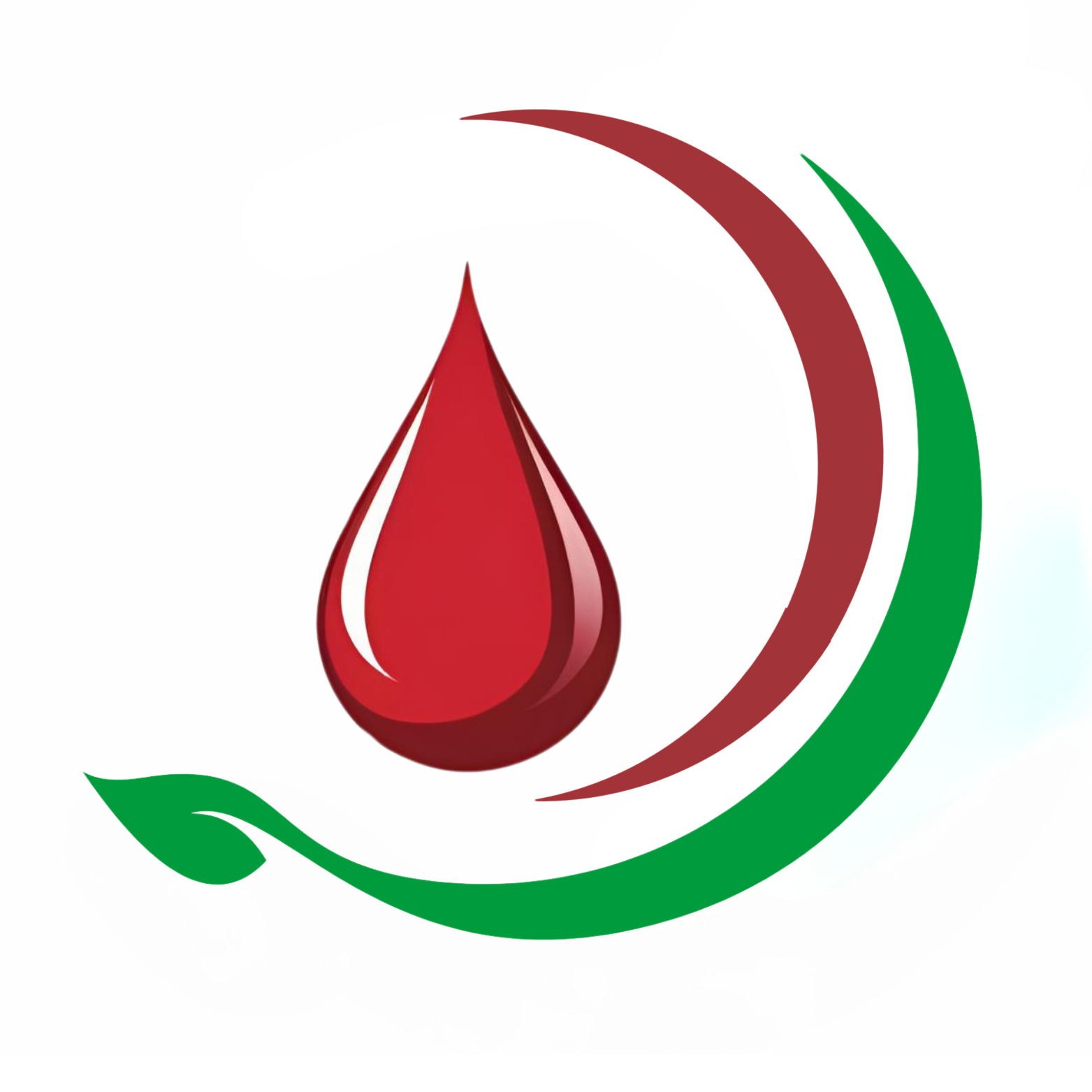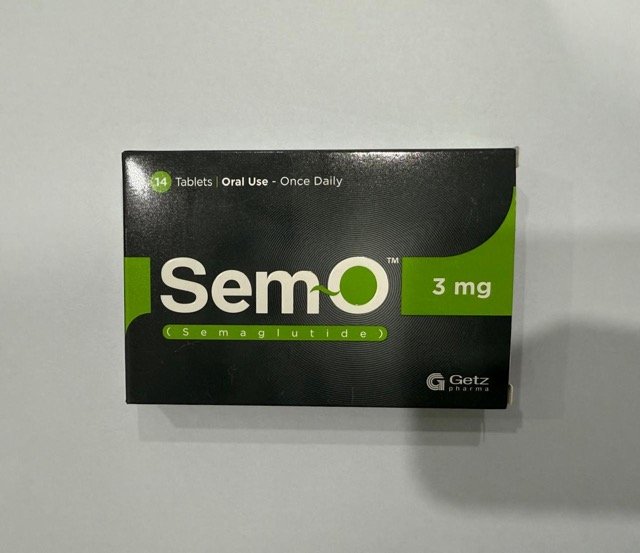Oxymetholone (Anadrol) is an androgen and anabolic steroid that is used in the treatment of patients with aplastic and Fanconi anemia.
Oxymetholone Uses:
-
Anemia:
- Used for treating anemias caused by deficient red cell production.
Note: Therapy with androgens like oxymetholone is generally not appropriate for treating anemias except in certain rare situations (eg, Fanconi anemia).
-
Off Label Use of Oxymetholone in Adults:
- Fanconi anemia
Oxymetholone (Anadrol) Dose in Adults
Oxymetholone (Anadrol) Dose for Erythropoietic effects:
- Oral:
- 1 to 5 mg/kg/day once a day
- Usual effective dose: 1 to 2 mg/kg/day
- A minimum trial of 3 to 6 months should be given because there may be a delayed response.
Oxymetholone (Anadrol) Dose in the treatment of Fanconi anemia (off-label):
- Oral: Initial: 2 mg/kg once daily (median dose reported);
- Most patients had a documented dose reduction although exact doses were not provided.
-
Duration of therapy:
- 1 year (median for responders); 1.3 years (median for nonresponders).
- To further define the role of oxymetholone in this condition, additional data may be necessary.
Oxymetholone (Anadrol) Dose in Childrens
Note: The National Kidney Foundation does not recommend androgens use as an adjuvant to ESA treatment in patients with anemia with chronic kidney disease.
Oxymetholone (Anadrol) Dose in the treatment of Anemia (erythropoietic effect [eg, aplastic or Fanconi anemias]):
-
Children and Adolescents:
- Oral: 1 to 5 mg/kg once a day
- Usual effective dose: 1 to 2 mg/kg once a day;
- Some suggest higher dosing initially (2 to 5 mg/kg/day) & then tapering to lowest effective dose; give for a minimum trial of 3 to 6 months as the response is delayed.
Pregnancy Risk Factor X
- May lead to Oligospermia, amenorrhea, and infertility.
- Contraindicated for women who may be pregnant.
Use during breastfeeding:
- Its excretion is unknown in breast milk.
- The manufacturer does not recommend breastfeeding.
Dose in Kidney Disease:
In the manufacturer’s labeling, there is no dose adjustment provided. Use cautiously due to the risk of edema in patients with deranged renal function.
Dose in Liver Disease:
-
Mild to moderate impairment:
- In the manufacturer’s labeling, there is no dose adjustment provided.
-
Severe impairment:
- Contraindicated.
Side effects of Oxymetholone (Anadrol):
-
Cardiovascular:
- Coronary Artery Disease
- Peripheral Edema
-
Central Nervous System:
- Chills
- Deepening Of The Voice (Females)
- Excitement
- Insomnia
-
Dermatologic:
- Acne Vulgaris
- Androgenetic Alopecia (Postpubertal Males
- Females)
- Hyperpigmentation
-
Endocrine & Metabolic:
- Amenorrhea
- Change In Libido (Decreased/Increased)
- Decreased Glucose Tolerance
- Decreased HDL Cholesterol
- Gynecomastia
- Hirsutism (Women)
- Hypercalcemia
- Hyperchloremia
- Hyperkalemia
- Hypernatremia
- Hyperphosphatemia
- Increased LDL Cholesterol
- Menstrual Disease
-
Gastrointestinal:
- Diarrhea
- Nausea
- Vomiting
-
Genitourinary:
- Benign Prostatic Hypertrophy (Elderly Males)
- Clitoromegaly
- Decreased Ejaculate Volume
- Epididymitis
- Erectile Dysfunction (Increased Erections; Prepubertal Males)
- Impotence
- Irritable Bladder
- Oligospermia
- Phallic Enlargement
- Priapism
- Testicular Atrophy
- Testicular Disease
- Virilization (Females)
-
Hematologic & Oncologic:
- Clotting Factors Suppression (II, V, VII, X)
- Hemorrhage
- Increased INR
- Iron Deficiency Anemia
- Leukemia
- Malignant Neoplasm Of Prostate
- Prolonged Prothrombin Time
-
Hepatic:
- Cholestatic Hepatitis
- Cholestatic Jaundice
- Hepatic Failure
- Hepatic Necrosis
- Hepatocellular Neoplasm (Including Carcinoma)
- Increased Serum Alkaline Phosphatase
- Increased Serum Bilirubin
- Increased Serum Transaminases
- Peliosis Hepatitis
-
Neuromuscular & Skeletal:
- Increased Creatine Phosphokinase
- Premature Epiphyseal Closure (Children)
-
Renal:
- Increased Serum Creatinine
-
Respiratory:
- Hoarseness (Females)
Contraindications to Oxymetholone (Anadrol):
- Hypersensitivity
- Breast cancer in men
- Breast cancer patients with hypercalcemia may have hypercalcemia
- Prostate cancer called Carcinoma
- Hepatic dysfunction severe
- Nephrosis, or the nephrotic stage of nephritis
- During pregnancy or for women who might become pregnant
Warnings and precautions
-
[US Boxed Warning] Blood lipid changes
- Anabolic steroids can cause dyslipidemias (decreased HDL, sometimes increased LDL), which increases the risk for arteriosclerosis or coronary artery disease.
-
Clotting factor alterations
- Anabolic steroids can cause suppression of factors II-VII, VII, andX
- Prothrombin time may increase.
-
Hepatic effects: [US Boxed Warning]
- The side effects of androgen anabolic steroids can cause peliosis liveritis, which is a condition in which blood-filled cysts replace splenic tissue.
- Although it has been linked to hepatic failure, it may only cause mild hepatic dysfunction.
- Anabolic steroids are generally stopped. Androgenic liver cells tumors usually shrink. Although they may be benign, malignant tumors have been reported.
- Both conditions, i.e. peliosis or tumors, may not become apparent until liver failure or intra-abdominal bleeding occurs.
- Low-dose androgen treatment has been linked to jaundice, cholestatic liver disease, and may also cause liver enlargement.
- Monitor your liver function periodically.
-
Conditions of the prostate:
- Androgenic anabolic steroids may cause hypertrophy or prostate cancer in older men.
-
Breast cancer
- Breast cancer patients may be at risk of hypercalcemia due to stimulation of osteolysis.
-
Diabetes:
- Be careful
- Use of insulin or oral hypoglycemic need may cause changes in insulin levels. Be sure to monitor your blood sugar carefully.
-
Conditions that are edematous:
- Patients with edema such as migraine, cardiovascular disease, seizure disorder, or renal impairment should be cautious.
- May cause fluid retention.
Oxymetholone: Drug Interaction
|
Risk Factor C (Monitor therapy) |
|
|
Ajmaline |
Androgens may enhance the adverse/toxic effect of Ajmaline. Specifically, the risk for cholestasis may be increased. |
|
Blood Glucose Lowering Agents |
Androgens may enhance the hypoglycemic effect of Blood Glucose Lowering Agents. |
|
C1 inhibitors |
Androgens may enhance the thrombogenic effect of C1 inhibitors. |
|
Corticosteroids (Systemic) |
May enhance the fluid-retaining effect of Androgens. |
|
Risk Factor D (Consider therapy modification) |
|
|
CycloSPORINE (Systemic) |
Androgens may enhance the hepatotoxic effect of CycloSPORINE (Systemic). Androgens may increase the serum concentration of CycloSPORINE (Systemic). |
|
Vitamin K Antagonists (eg, warfarin) |
Androgens may enhance the anticoagulant effect of Vitamin K Antagonists. |
Monitoring Parameters:
- Liver function tests periodically
- Lipid profile
- CBC(hemoglobin and hematocrit)
- Iron studies
- Testosterone may decrease blood glucose, monitor diabetic patients.
- When using in prepubertal children radiologic examination of bones every 6 months is required
- Urine and serum calcium should be monitored and signs of virilization in women treated for carcinoma of the breast.
How to administer Oxymetholone (Anadrol)?
Oral: May give without regard to meals
Mechanism of action of Oxymetholone (Anadrol):
- Patients with anemias caused by bone marrow failure have a higher production of erythropoietin.
- It stimulates erythropoiesis in anemias caused by deficient red cell production.
The beginning of action:
- If the response is not immediately possible, a minimum trial of three to six months is recommended.
International Brand Names of Oxymetholone:
- Anadrol-50
- Adroyd
- Anapolon
- Anasteronal
- Androlic
- Hemogenin
- Oxitosona
- Oxylone
- Roboral
- Synasteron
- Zenalosyn
Oxymetholone Brand Names in Pakistan:
No Brands Available in Pakistan.



.jpeg)



